FERGUSON, Mo. — One year after the shooting that cast greater scrutiny on how police interact with black communities, the father of slain 18-year-old Michael Brown led a march in Ferguson, Missouri, on Sunday after a crowd of hundreds observed 4½ minutes of silence.
Those who gathered to commemorate Brown began their silence at 12:02 p.m., the time he was killed, for a length of time that symbolized the 4½ hours that his body lay in the street after he was killed. Two doves were released at the end. Police largely remained away from the ceremony.
Michael Brown Sr. held hands with others to lead the march, which started at the site where his son, who was black and unarmed, was fatally shot by Ferguson officer Darren Wilson on Aug. 9, 2014. A grand jury and the U.S. Department of Justice declined to prosecute Wilson, who resigned in November, but the shooting touched off a national “Black Lives Matter” movement.
Pausing along the route at a permanent memorial for his son, Michael Brown Sr. said, “Miss you.”
He had thanked supporters before the march for not allowing what happened to his son to be “swept under the carpet.”
Later Sunday, a few hundred people turned out at Greater St. Mark Family Church in a ceremony to remember Brown, with his father joining other relatives sitting behind the pulpit.
Anthony Gray, one of the Brown family’s attorneys, said of the shooting, “You knew in your gut that it wasn’t right. And you knew what that officer did was unjustified.”
Michael Brown Sr. had also led a parade involving several hundred people on Saturday. He said his family is still grieving, but he believes his son’s legacy can be seen in the increased awareness of police shootings, and renewed skepticism when officers describe their side of events leading up to those shootings.
The anniversary has also sparked renewed protests, though much smaller than those a year ago. A few hundred people gathered outside Ferguson police headquarters Saturday night, but despite some tense moments in which the crowd taunted police, no arrests were made.

Led by Michael Brown Sr., people march along West Florissant Avenue from Canfield Green Apartments to Greater St. Mark Church Sunday, on the anniversary of the fatal shooting of Michael Brown Jr. by a Ferguson police officer. The Associated Press
Organizers of some of the weekend activities have pledged a day of civil disobedience on Monday, but have not yet offered specific details.
At the march, Vernice Durgins, a 60-year-old black woman from Ferguson, said she’s seen little progress in the past year.
“It makes me sick to think what happened,” she said, “I looked at it like it could have been my sons or grandsons.”
In New York, demonstrators lay on a Brooklyn pavement, maintaining their silence for a few moments before rising and joining others marching into Manhattan for another rally later in the day. Among those marching were a dozen people carrying a giant banner reading, “Black Lives Matter.”
Some who marched on Sunday wore T-shirts with likenesses of Brown or messages such as “Please stop killing us” or “Hands up! Don’t shoot!” which became a rallying cry during the sometimes-violent protests that followed the shooting a year ago.
But the focus of the weekend is largely on Brown, who graduated from high school weeks before the shooting and planned to go to trade school to study to become a heating and air conditioning technician.
Relatives and friends described Brown as a quiet, gentle giant who stood around 6-foot-3 and weighed nearly 300 pounds. But police said Brown stole items from a convenience store and shoved the owner who tried to stop him on the morning of Aug. 9, 2014. Moments later, he and a friend were walking on Canfield Drive when Wilson, who is white, told them to move to the sidewalk.
That led to a confrontation inside Wilson’s police car. It spilled outside, and Wilson claimed that Brown came at him, menacingly, leading to the fatal shooting. Some witnesses claimed Brown had his hands up in surrender. Federal officials concluded there was no evidence to disprove testimony by Wilson that he feared for his safety, nor was there reliable evidence that Brown had his hands up in surrender when he was shot.
The shooting led to protests, some violent, and the unrest escalated again in November when a St. Louis County grand jury determined that Wilson did nothing wrong. He resigned days later. The November riots included fires that burned more than a dozen businesses.
The Justice Department reached the same conclusion in March, clearing Wilson. But in a separate report, the Justice Department cited racial bias and profiling in policing as well as a profit-driven municipal court system that often targeted black residents, who make up about two-thirds of Ferguson’s populace.
Ferguson’s city manager, police chief and municipal judge resigned within days of that report. All three were white. The new judge, interim city manager and interim police chief are all black.
Copy the Story Link
Send questions/comments to the editors.

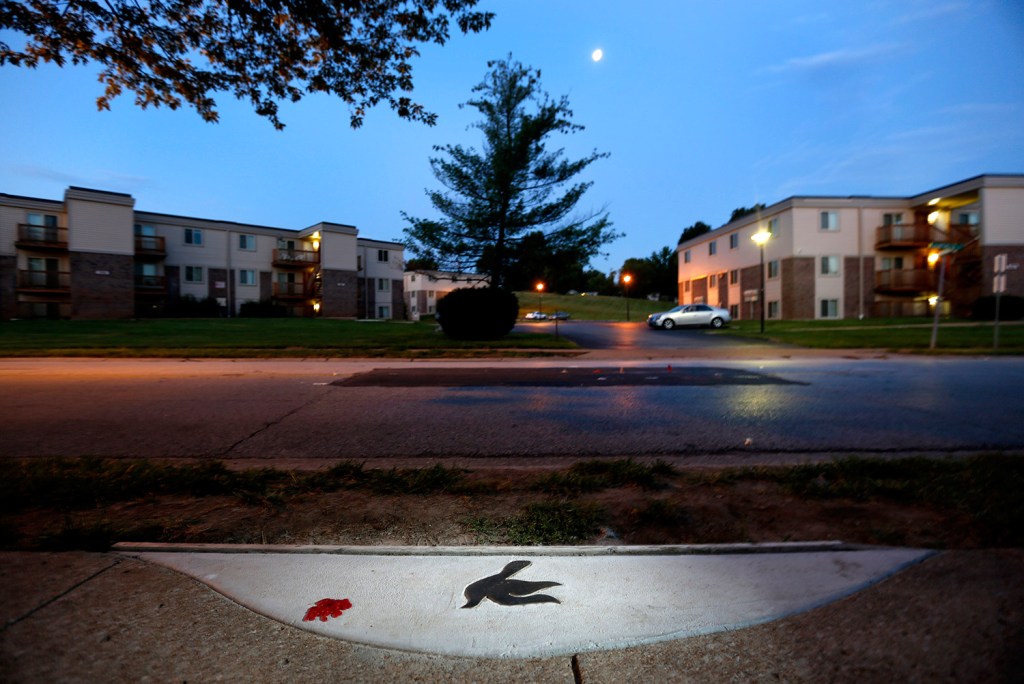
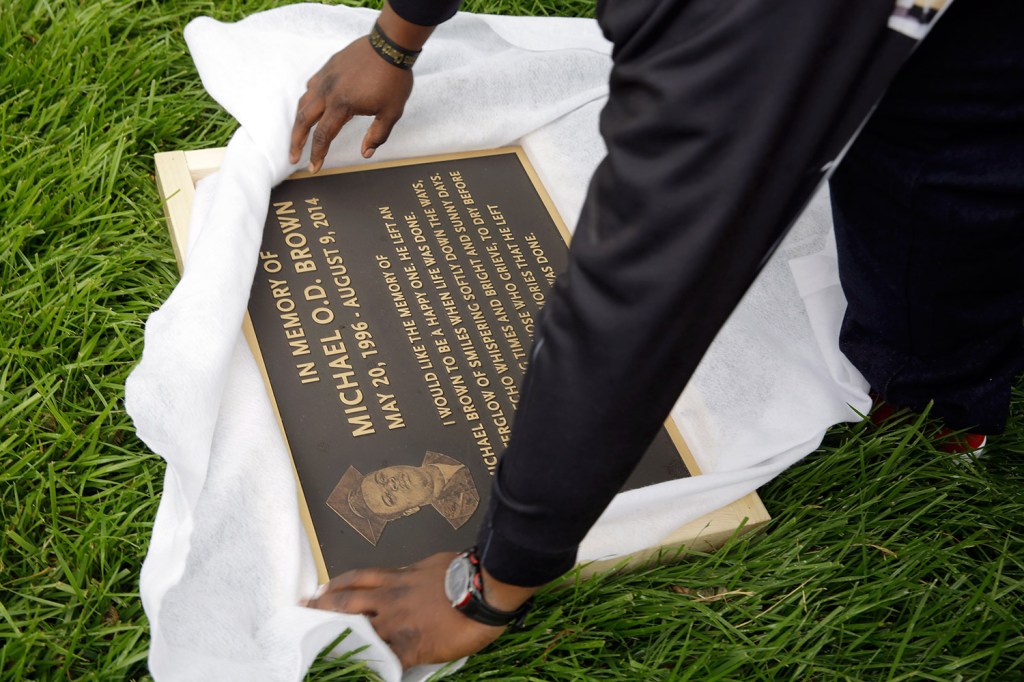
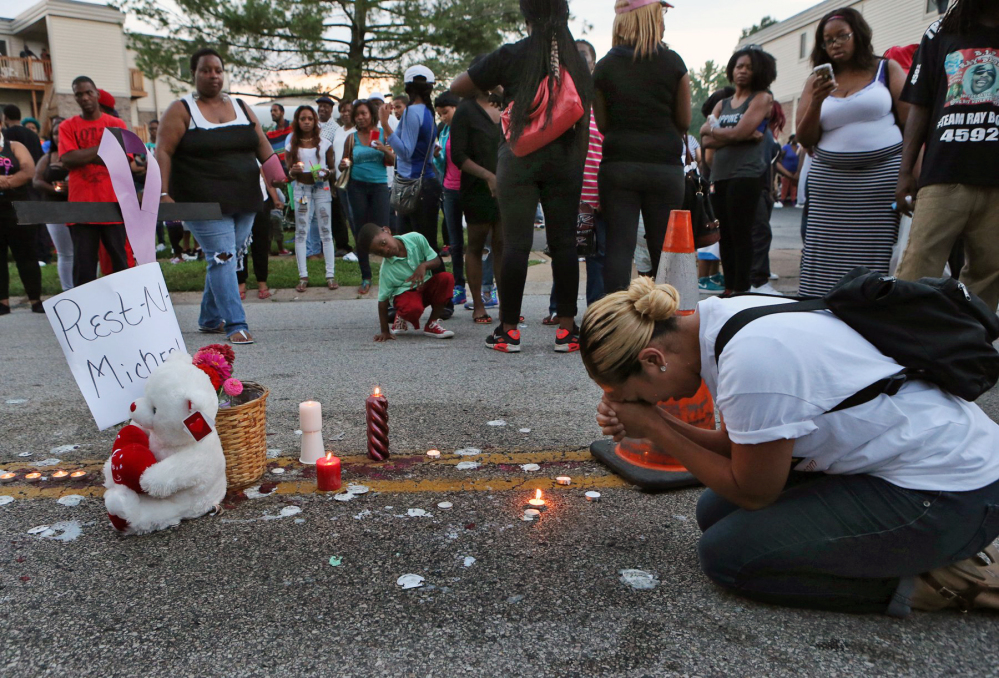
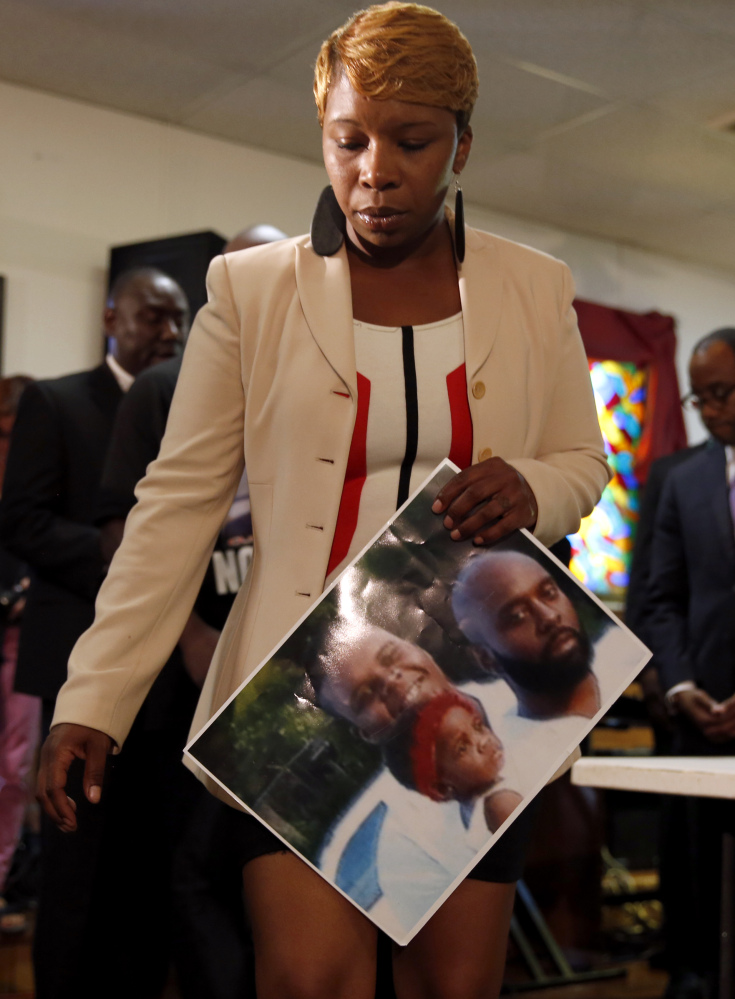
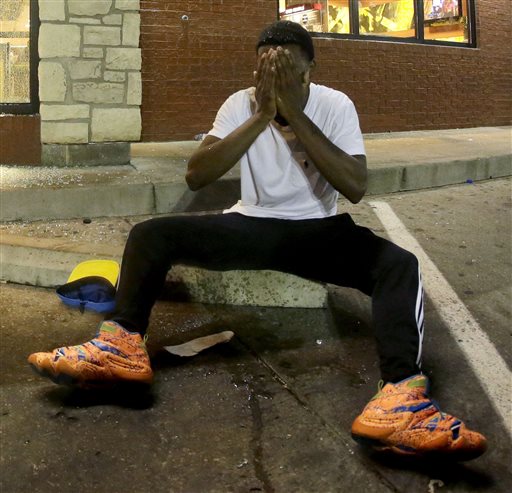
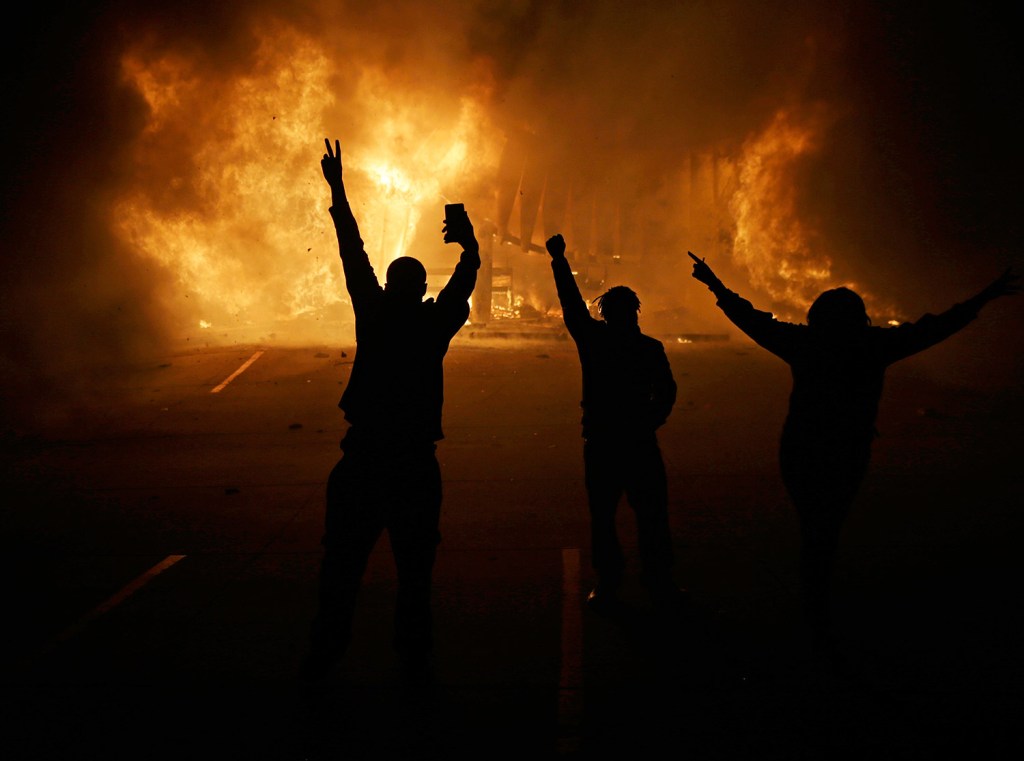
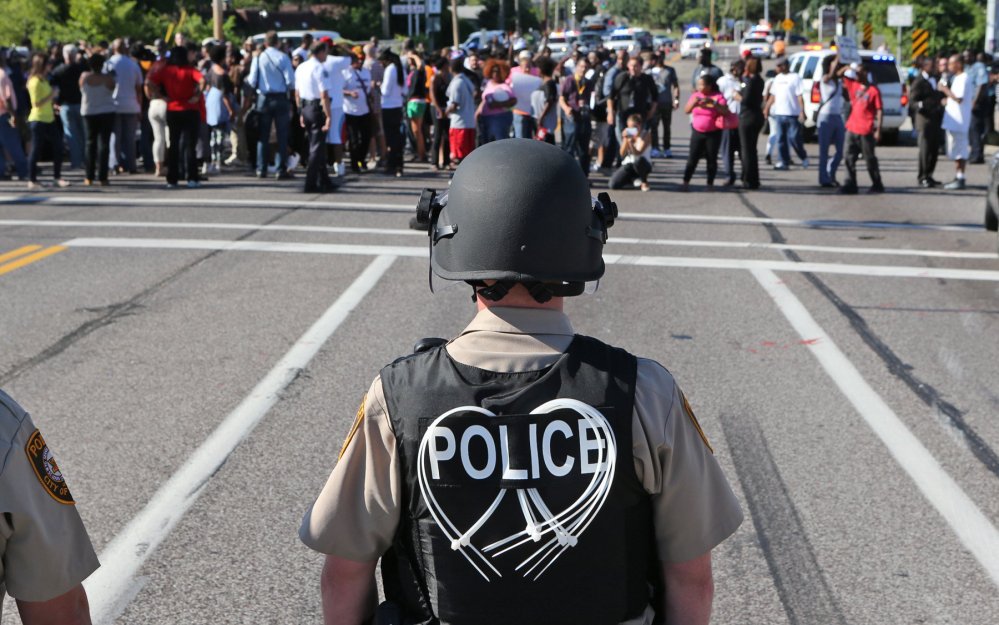
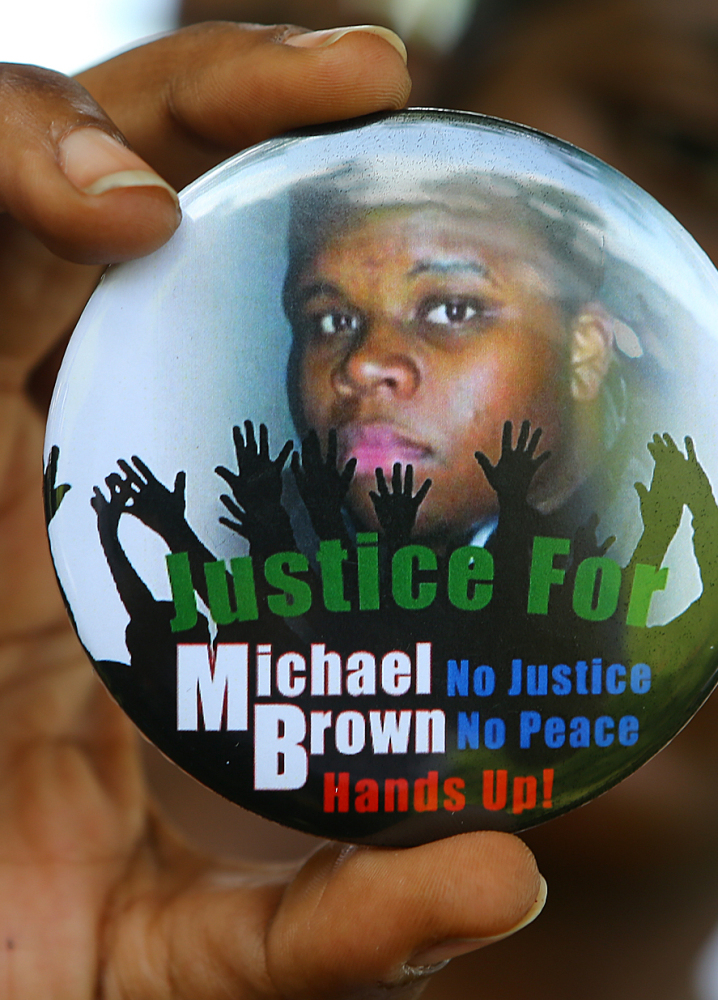
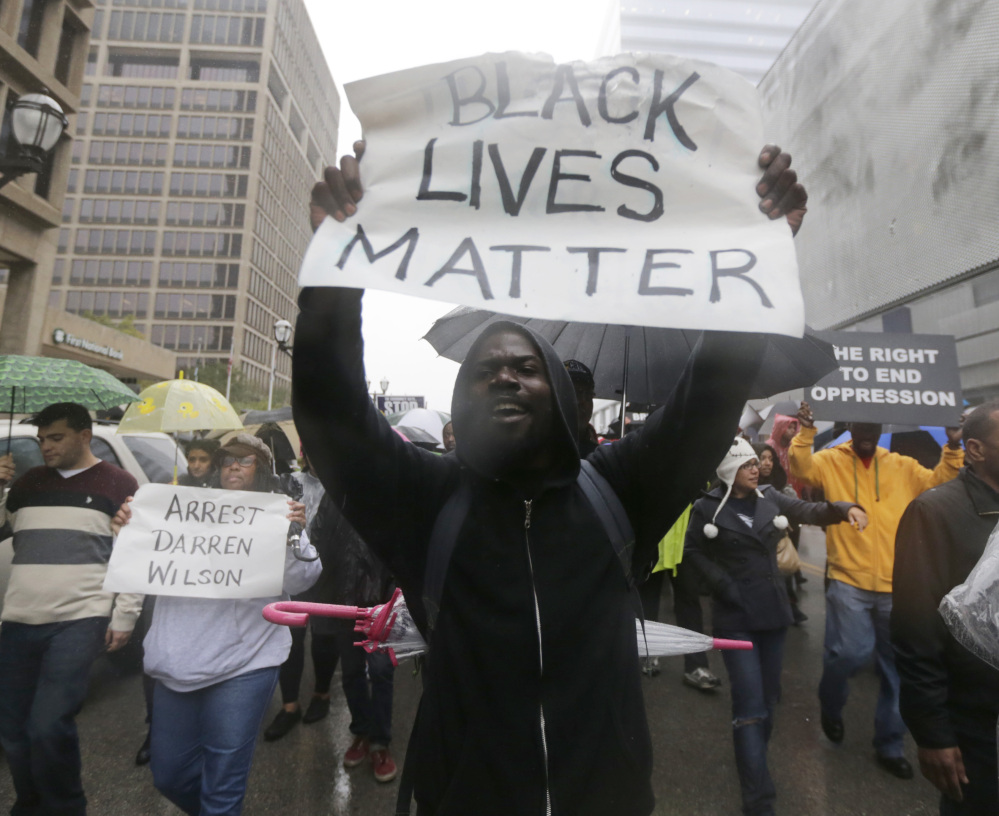
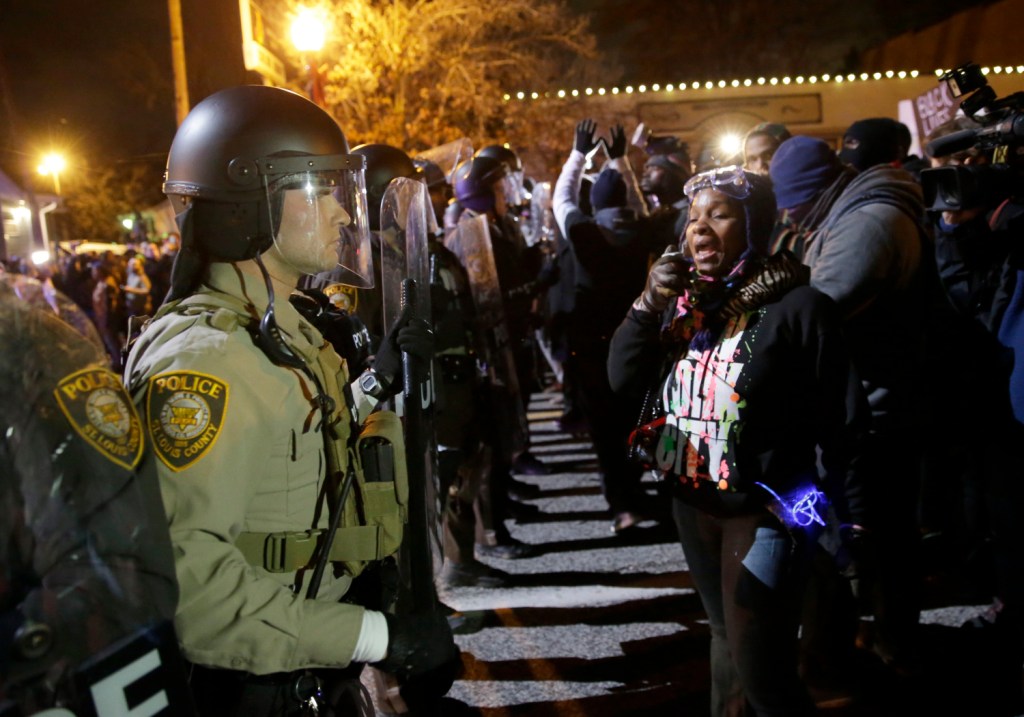
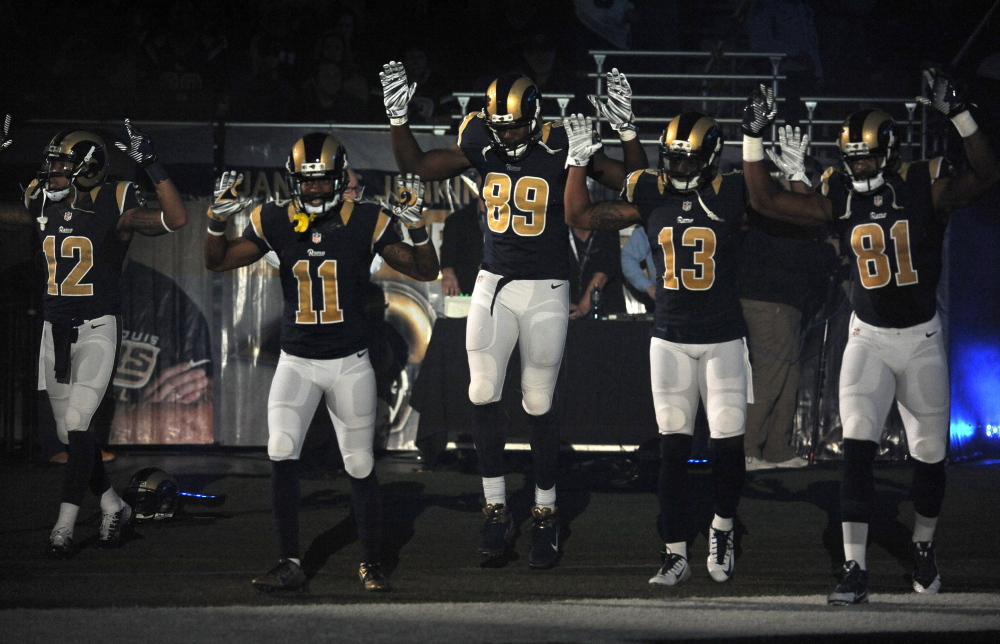
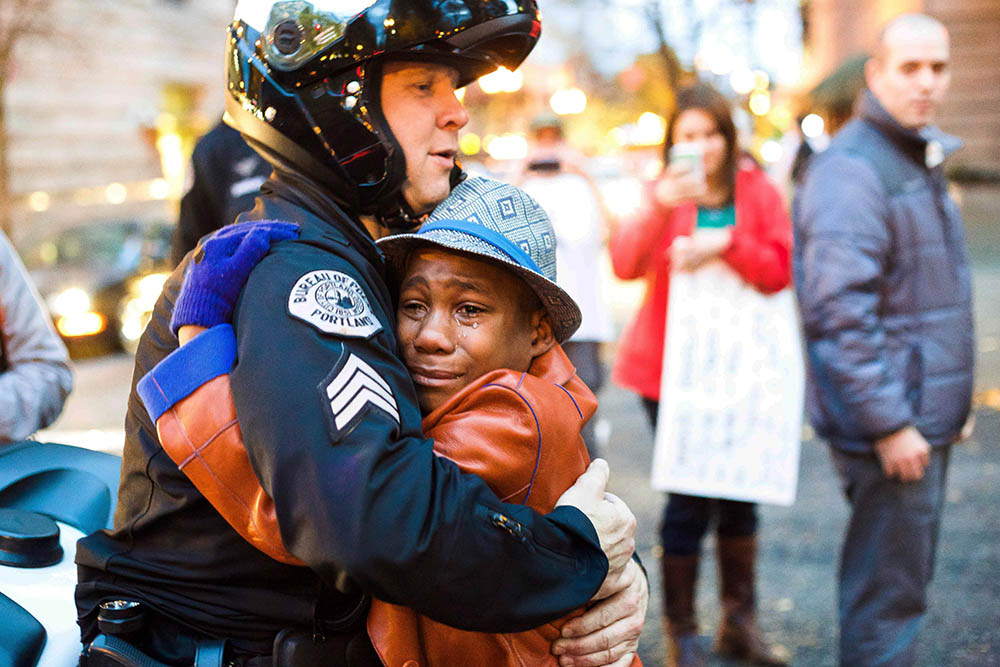
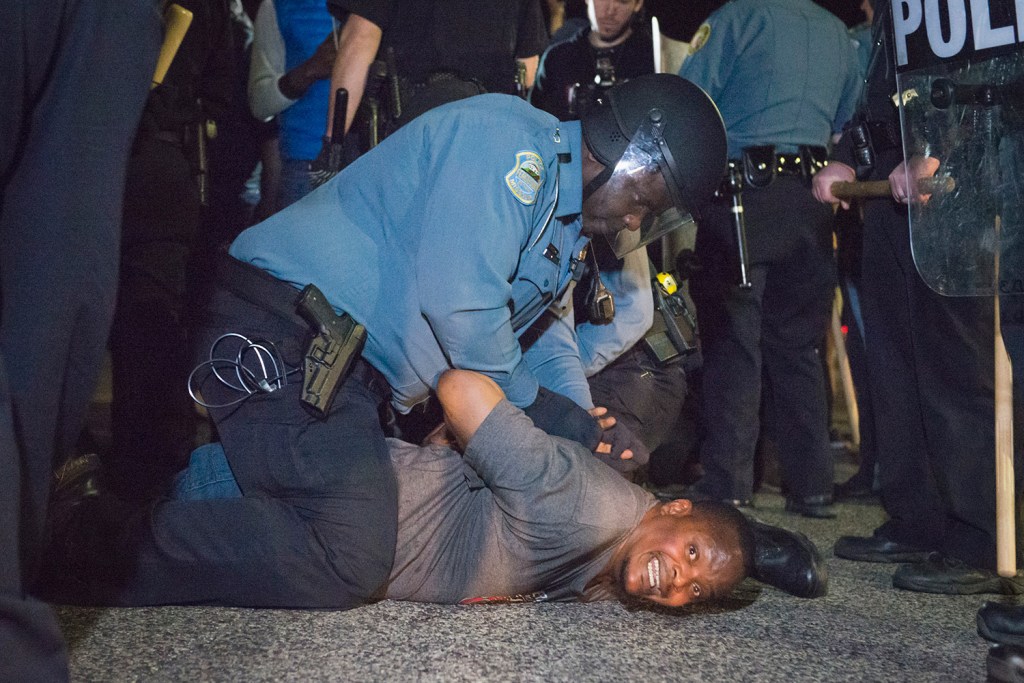

Success. Please wait for the page to reload. If the page does not reload within 5 seconds, please refresh the page.
Enter your email and password to access comments.
Hi, to comment on stories you must . This profile is in addition to your subscription and website login.
Already have a commenting profile? .
Invalid username/password.
Please check your email to confirm and complete your registration.
Only subscribers are eligible to post comments. Please subscribe or login first for digital access. Here’s why.
Use the form below to reset your password. When you've submitted your account email, we will send an email with a reset code.